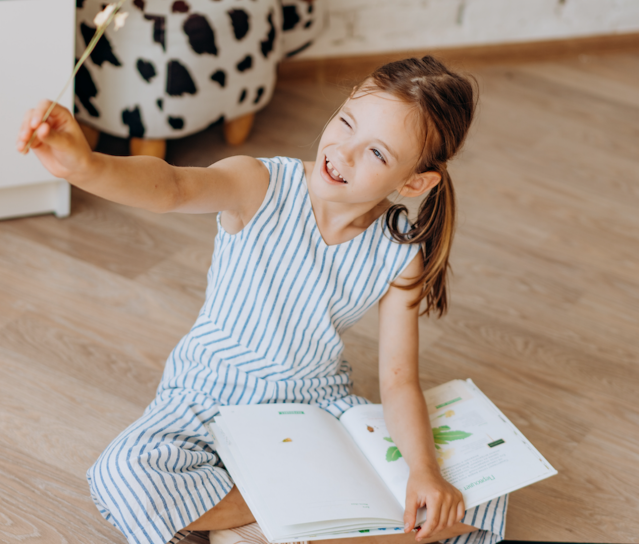A few days ago, I got a call from our school nurse. I needed to pick up my second-grader, because her feet had “stopped working.” Apparently she had been on the playground when she discovered that she could no longer walk on her own accord, and so her very dramatic friends had very dramatically carried her to the nurse’s office.
Now, in my day the nurse would have taken one look at this situation and said “Go back to class,” but this being 2022, it was “Let’s halt Mom’s workday for her child’s very obvious audition for the titular role in Hedda Gabler.” I picked her up (literally, because of the aforementioned feet) and took her home, at which point her feet miraculously regained their function in anticipation of a playdate later that afternoon.
This is a silly story about feet, but what was actually going on with my daughter wasn’t about her feet, and it wasn’t especially silly at all.
The kids, it seems, are not alright.
In 2019, Erin Williams and I published The Big Activity Book for Anxious People, with the goal of it being a tool, an outlet, and (hopefully) just a really, really funny book. I mean, what’s funnier than crippling anxiety?! (Answer: Nothing.) The success of that book confirmed what we’d already believed: That it is important, even critical, to talk about our anxiety, and to put it out in the daylight where it can be seen for what it is. It’s also kinda a massive relief when you allow yourself to have a sense of humor about it.
When the pandemic hit in March 2020, Erin and I watched as our own children, and the children of our friends and colleagues, were sent indoors to be “taught” (poorly) by overextended, overwhelmed, and completely freaked-out parents. Our kids were given front-row seats to all the uncertainties and stresses and largely unsolvable problems that we would typically try to protect them from. They struggled with assignments; with isolation; with crappy WiFi connections; with a world that had been turned upside-down.
We wanted our kids to be able to communicate their anxieties to us. We also—so badly—wanted them to laugh.
The process of writing The Everybody Gets Anxious Activity Book (intended for middle-graders but 100% appropriate for younger kids as well) was—and I don’t say this lightly—transformative, both for ourselves and our children. Each day, when Erin finished illustrating a new activity, she would sit down with her seven-year-old daughter, Lucy. They would do the new activity together, talk about how it made them feel, and actually—in the midst of a global pandemic!—have so. much. fun.
I remember the day I gave my own children an early copy of The Everybody Gets Anxious Activity Book. I’ve written a bunch of books at this point in my life, and let me tell you: My children have never cared that their mom is an author. They super did not care that this book had been co-written by their mother. But when I handed them their copies, they barely came up for air before every single page had been completed.
They loved it.
The fact that they *enjoyed* the activities isn’t even the best part. The best part is that they loved doing it with each other and with me, and I loved doing it with them, and we all loved how the lines of communication between us expanded before our very eyes (and crayons). We would flip to a page about how anxiety shows up in your body (having to poop! trembly knees! sweating!) and circle all the sensations they related to, gigging about that whole anxiety-poop thing, because poop is objectively hilarious. We’d draw our personal Anxiety Monsters, and realize in the process that a thing you can see is way less scary than a thing that you can’t. We’d unscramble the letters to find out who else has anxiety, too…and discover that the answer is “everyone.”
So when I got home from school with my daughter on the day of the Non-Functioning Feet, and she suddenly found herself cured so that she could go on her playdate, it seemed like a good time to have a talk. “Remember the page in your activity book about anxiety poop?,” I asked her. “How anxiety can come out in all sorts of different ways?” She did. I asked her if there was anything on her mind that might be making her feel anxious, and watched as a light went on in her eyes: She was getting a shot the next day, and shots terrify her. We wondered together whether the shot and the feet had anything to do with each other.
“Oh,” she said. “So that’s how anxiety shows up in my body!”
…And that is why Erin and I wrote this book.











